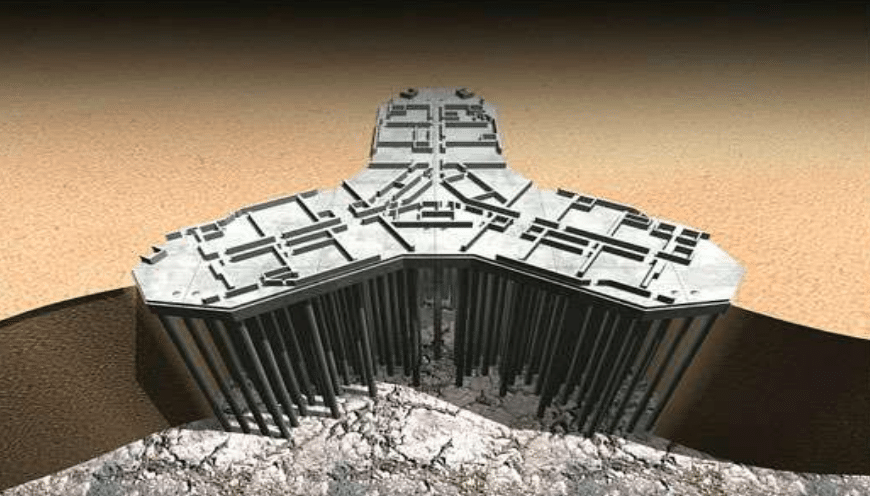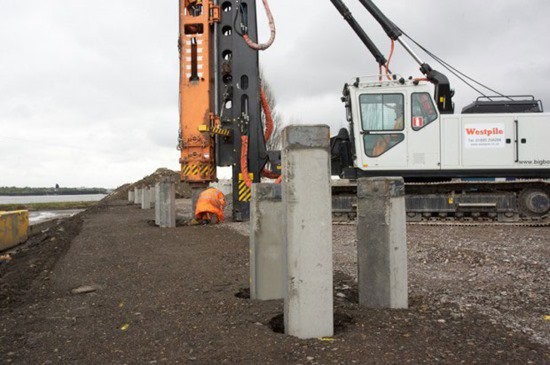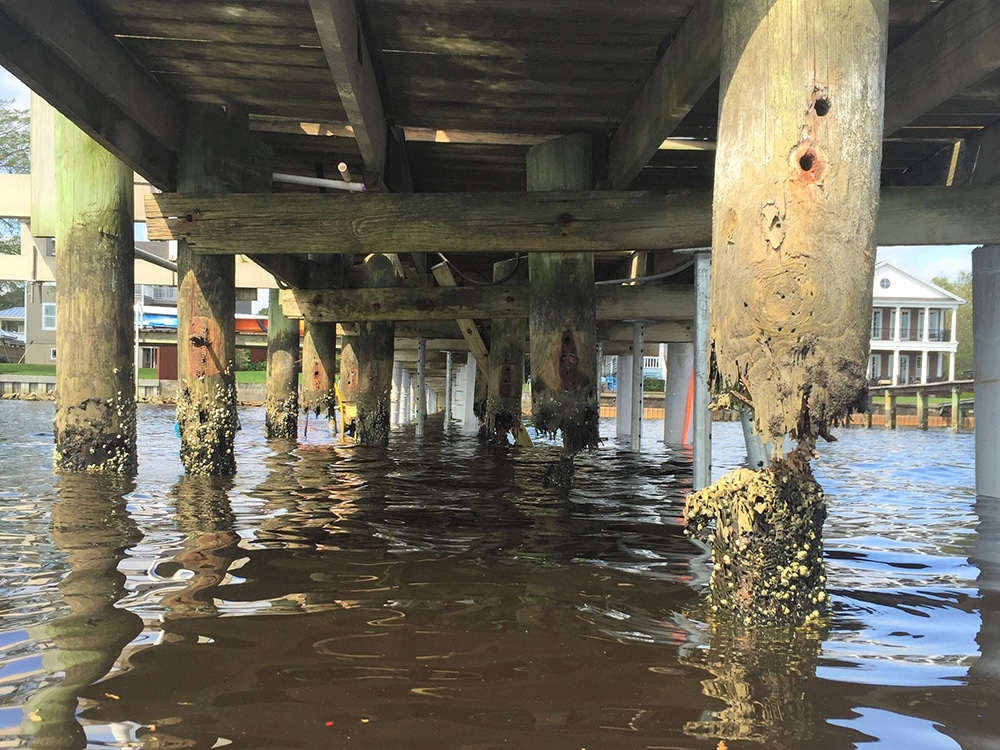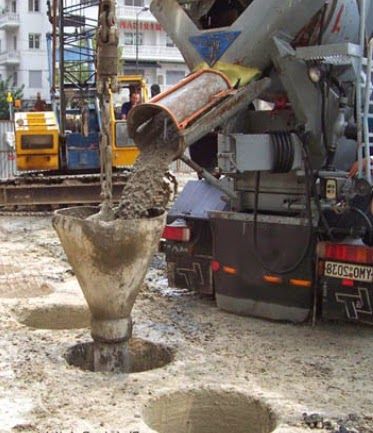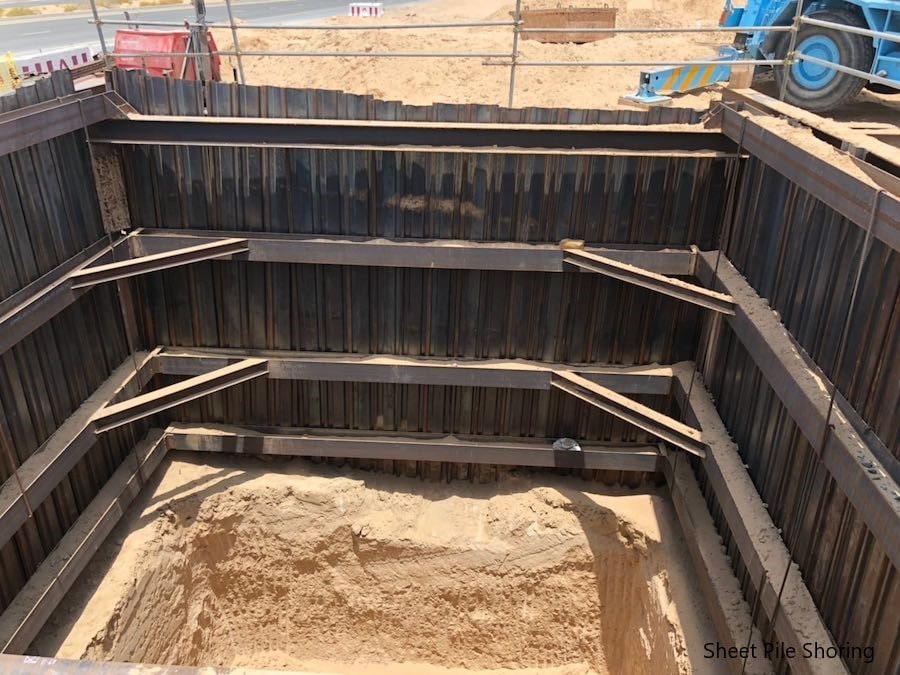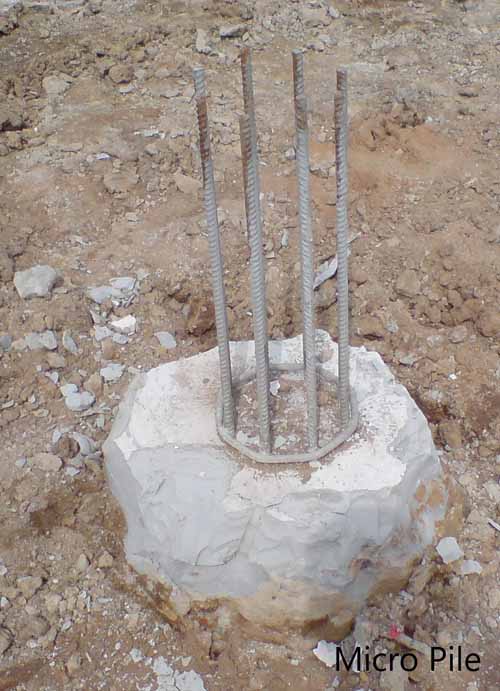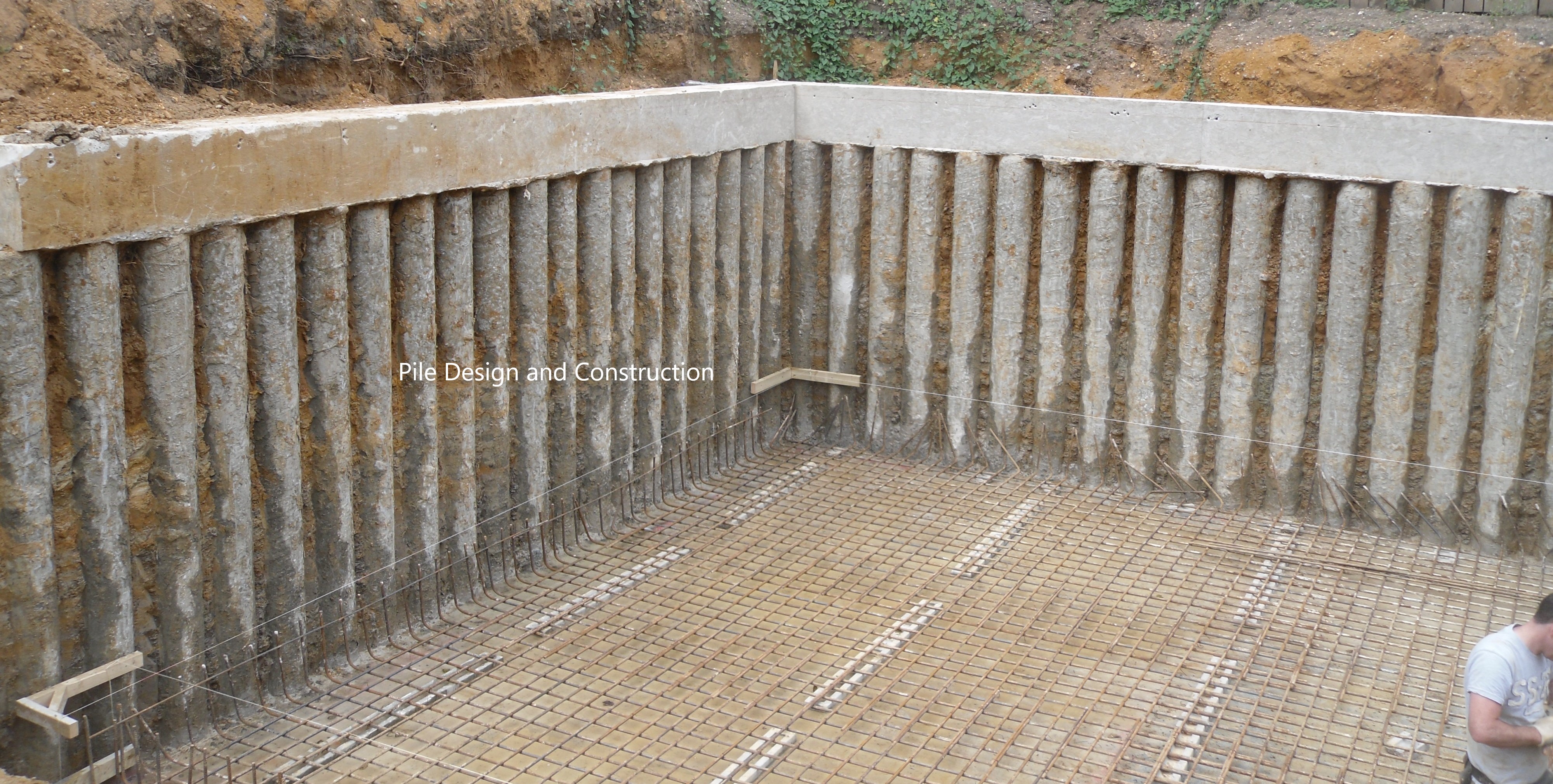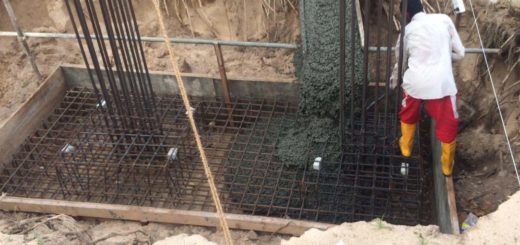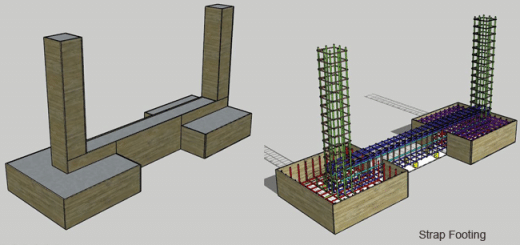Types of Pile Foundations | Pile Classification
Different Types of pile foundations are being used in the construction in the occasions where the structures cannot be built on a shallow foundation.
Pile is a kind of foundation driven into the hard soil layers or to the rock. The settlement of pile foundations is very less when compared to the shallow foundations. However, quality control in pile construction is very difficult compared to shallow foundations as we cannot visually see anything.
Why Pile Foundations
Mainly there are a few reasons for selecting piles as the foundation type.
- Weak Ground Conditions
When we have a very weak ground condition, the bearing capacity of the soil will be very low. As a result of that, the area of the shallow foundation will increase, and also the settlement of the foundation will increase.
In addition, when we have compressible soils like peat or any similar nature soils, the construction of the foundation shall not be an option.
In such situations, we select the deep foundation as the option to rest the structure. Since there are different types of deep foundations, we may select the most appropriate and cost-effective type of pile foundation.
- High Column Load or Weight of Structure
The first option we are looking for as the foundation is the shallow foundation as it is mostly the cost-effective solution.
However, we cannot always rely on the shallow foundation.
When the column loads are high, the area of the foundation shall be increased. In such cases, we might need to construct the raft foundation. Since there are limitations in the allowable bearing capacity of the soil, every structure cannot be built on a raft foundation.
In general, buildings about ten stories could be constructed on raft foundations when the soil has adequate bearing capacity. The cost of construction of a pile foundation and raft foundation could be at the same level. Mostly the cost of the raft foundation could be lower.
Considering all the aspects, we may select the most suitable foundation type. Most of the high-rise builds have very high axial loads. Therefore, they have constructed the pile foundations.
There are different classifications for pile foundations.
Classification of Pile by Load Bearing Mechanism
The method of load-bearing arrangement is considered here to separate the types of deep foundations. Mainly, there are two methods that we can use to classify the piles.
- End Bearing Piles
Most types of piles we construct are end-bearing piles.
The toe of the pile act to resist the vertical movement of the pile. The penetration resistance of the pile toe is considered the end bearing.
Pile is rested on the soil, weather rock, or fresh rock. Depending on the condition of the resting material and toe area, the end-bearing capacity is varying.
The rock produces the highest-end bearing pressure whereas the soil produces the low-end bearing pressure.
The pile end bearing can be calculated as,
Fb = fbAb
Fb – Pile end bearing resistance. A suitable factor of safety shall be applied.
fb – allowable end bearing, not be obtained from laboratory investigation of soil or rock that rests the pile.
Ab – Pile toe area
- Friction Piles
Most of the driven pile types are friction piles.
The friction between the soil and the pile creates the penetration resistance of the pile. This is called skin friction.
The surface area of the pile and soil overburden, type of soil, etc. are affecting the skin friction of the pile.
There are three areas we shall be aware of when we are discussing the skin friction of the pile.
Soil Skin Friction – whether the pile is socketed or not, we can consider the skin friction for the pile design. It is called positive skin friction to resist the downward movement of the pile.
Negative Skin Friction – It is a kind of skin friction that acts opposite direction. It reduces the pile geotechnical capacity. When there are weak compressible soils, when they settle over time, there will be a downward drag force on the pile. This reduces the pile capacity.
Rock skin friction – When the pile is socketed in the rock, there will be skin friction within that length. The rock skin friction is dominant and it is sometimes adequate along to resist loads of the structure.
The skin friction of the pile can be calculated as
Fs = fsAs
Fs – allowable skin friction of the soil/rock
fs – allowable skin friction stress (from recommendations)
As – pile surface area of that particular section considered
Classification of Piles Based on Construction Materials
There are many types of pile foundations under this category. Let’s discussed each type of pile in detail.
- Timber Piles
One of the oldest types of piles is timber piles.
They were constructed in ancient times. Not only the construction on the land but also the construction of a structure on water, and timber piles are used.
Types of wood that have resistance against deterioration timber due to environmental conditions are used for the construction. In addition, they had good strength to carry the load of the structure.
- Concrete Piles
One of the most frequently used types of pile foundations is concrete piles.
It has a higher load-bearing capacity when compared to the other types of piles as the concrete is very strong in compression.
Generally, the concrete pile is constructed as friction piles and end-bearing piles. The precast pile is the friction pile and cast in situ bored piles are classified as end-bearing piles.
Further, precast piles are also called driven piles as they cost about the ground and then they later driven into a hard soil layer. Mechanical methods or vibration hammers are used to drive the pile.
On the other hand, the conventional method is used to cast the cast in situ bored piles. Excavation in the soil and rock, clearing, concrete, and testing for quality control is the process of construction of bored piles.
- Sheet Piles [Steel Piles]
Sheet piles are not the types of pile foundations used for load-bearing purposes like concrete piles.
They are mostly used to resist lateral loads. In shoring construction, permanent sheet pile walls to resist ground movement, etc. are the main uses of sheet piles.
The nature of the pile has increased its lateral stiffness. Further, they are tied together by locking each other.
Sheet piles are mostly driven by vibration hammers. Some machines have smaller vibrations when we use them in a critical location we need to have minimal vibration of the ground.
- Steel Piles
Steel piles are used on special occasions, and they are not commonly used due to corrosion issues.
If the pile is corroded, it will affect structural stability. It is common practice to check the ground condition and groundwater for harmful chemicals that could cause corrosion.
Having those will reduce the life span of the structure. Therefore, steel pile construction shall be done with much care.
- Composite Piles
Generally, composite piles are a combination of steel and concrete.
When we constructed a steel pile covered with concrete it also can be considered a composite pile. However, when we construct the steel pile, we used concrete cover around the pile to protect it against durability issues.
The steel pile is provided with a reinforcement net inside the steel casing to increase its load-bearing capacity. These kinds of piles are also called micro piles.
- Secant Piles
Secant piles are the types of foundations mostly popular in deep basement excavations.
When it is required to construct a deep basement without affecting the surrounding structures, we mostly used these types of pile foundations.
If the groundwater table is lowered, it will directly affect the structures built on the shallow foundation. In addition, continuous dewatering in a deep excavation is almost impossible without affecting the construction.
There are two types of the cast in situ piles in secant piles. Male pile and Female pile. Firstly, the pile without reinforcement will be cast with a certain spacing. Then the pile with reinforcement cage will be cast in between female piles with certain overlapping. This avoids water leakage into the excavation.
The secant piles are a kind of retaining wall. Therefore, mostly they are socked in the rock to carry the applied loads.

